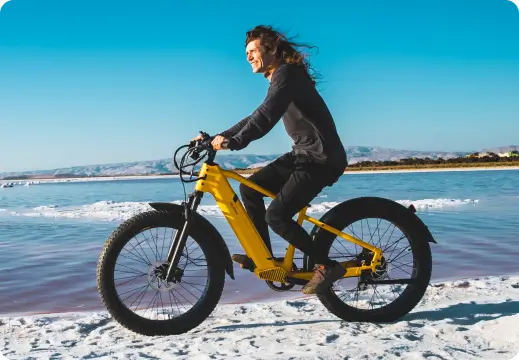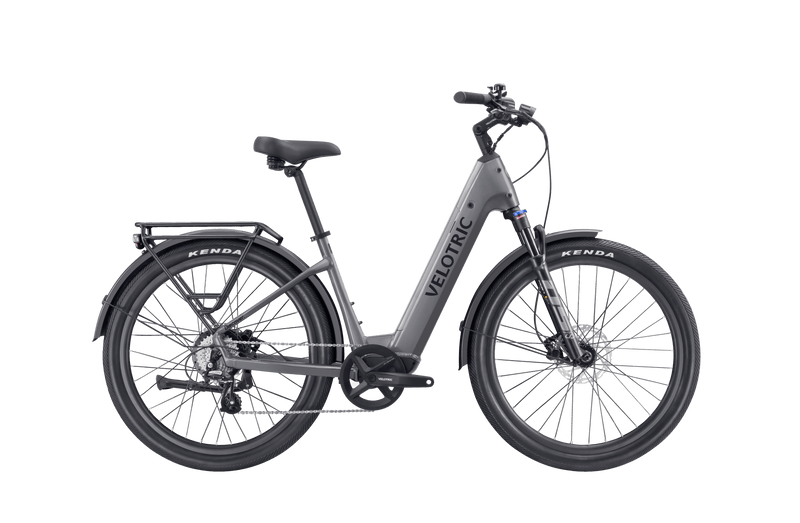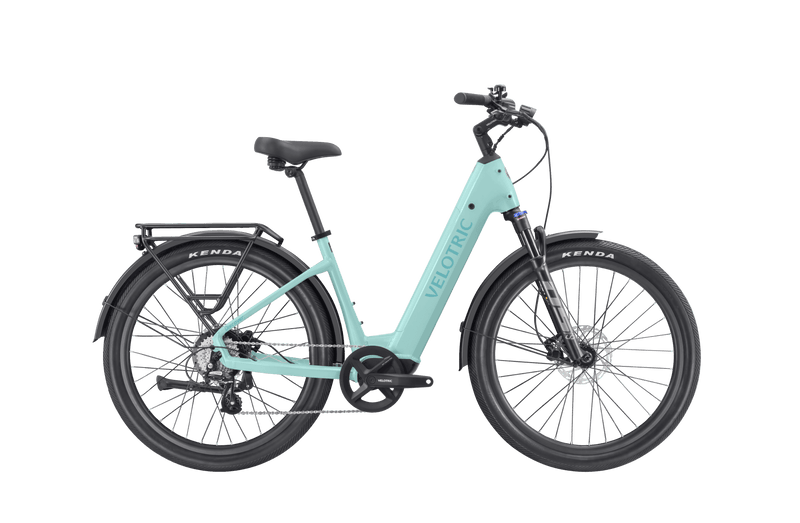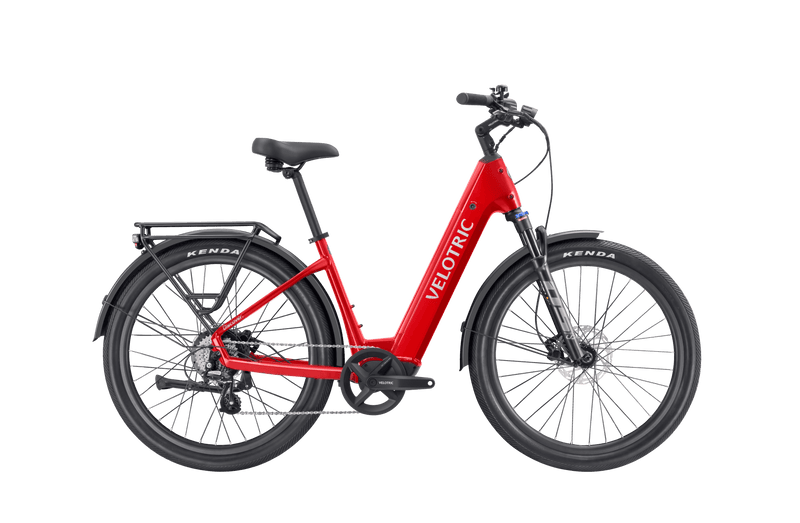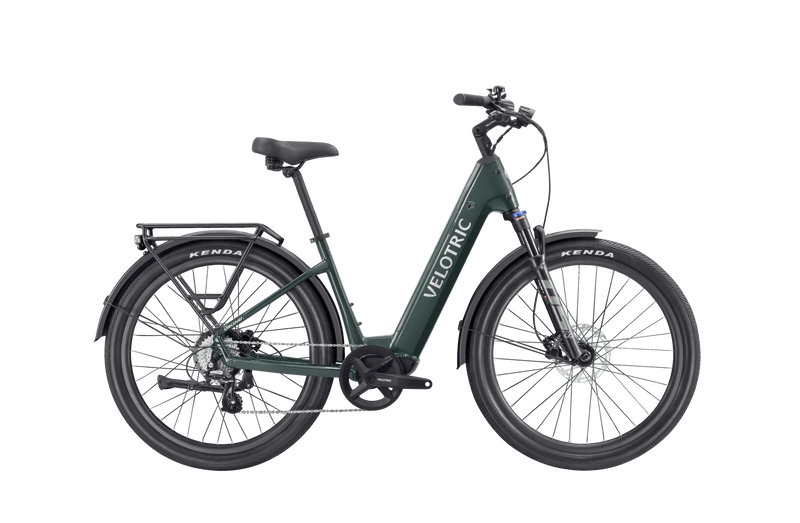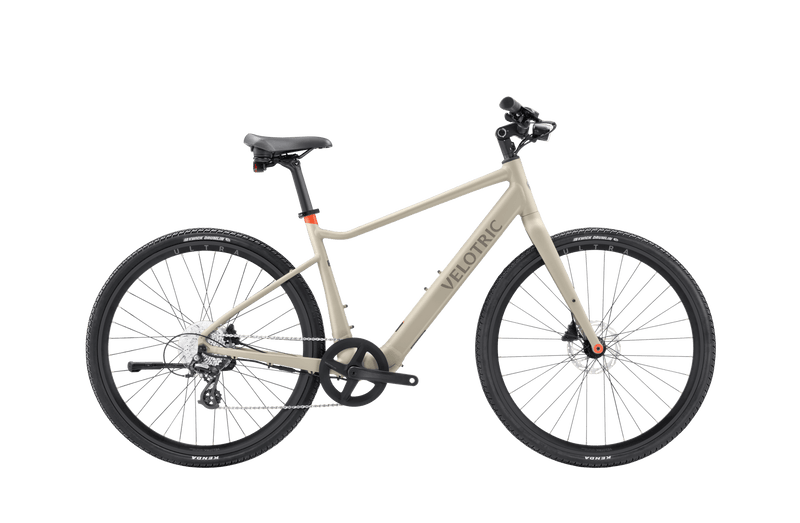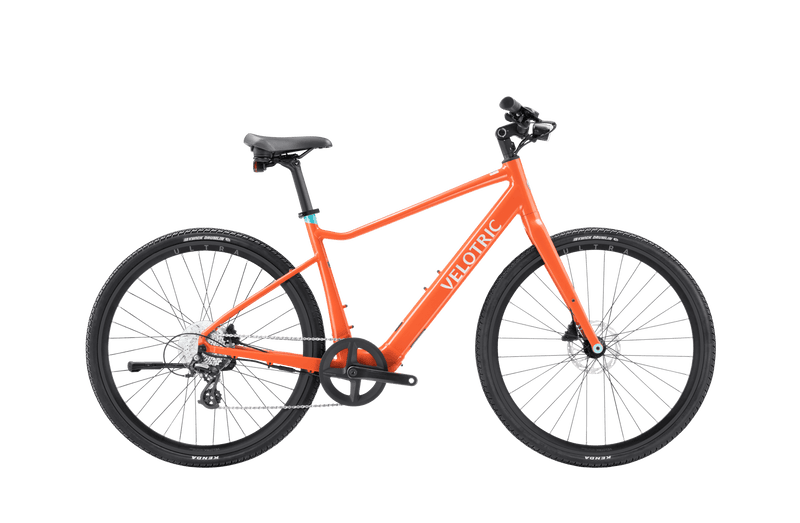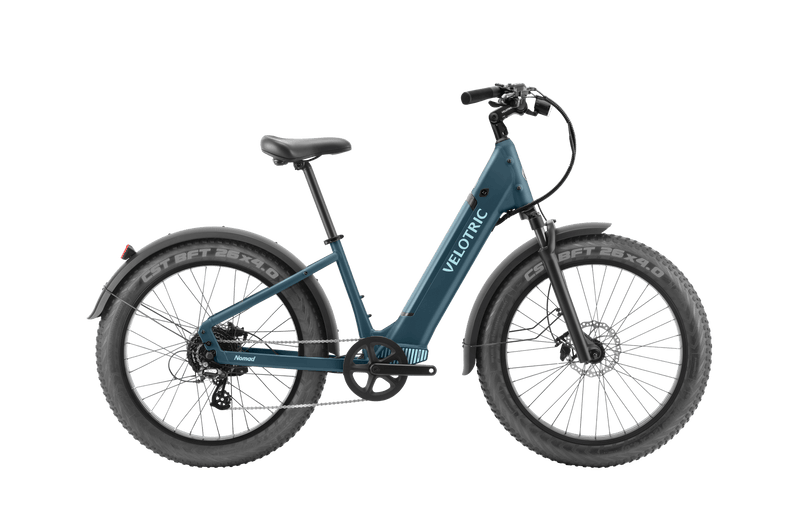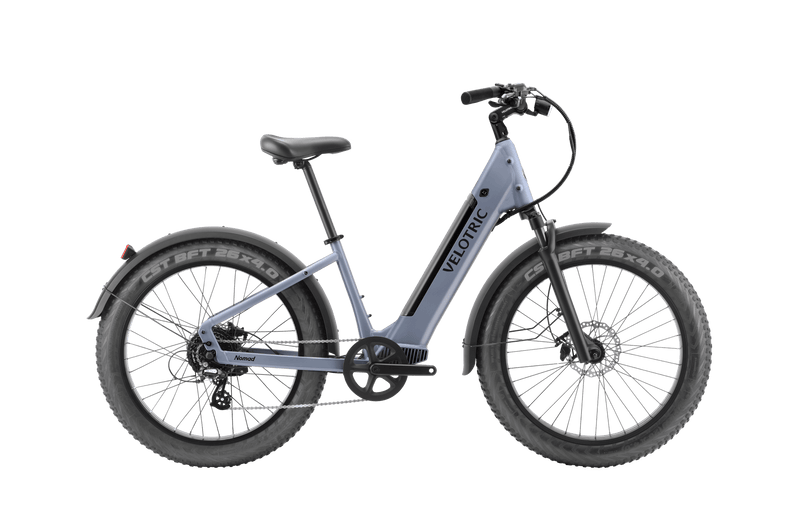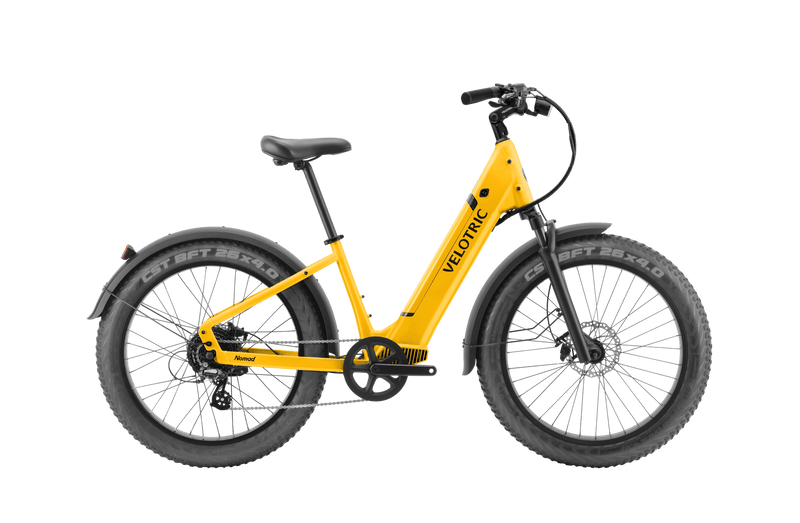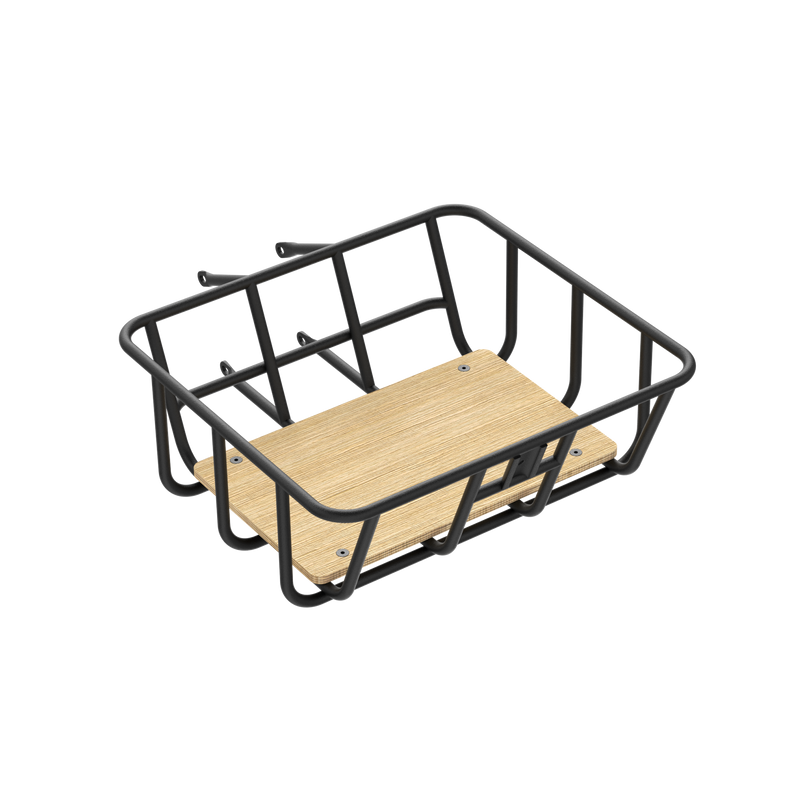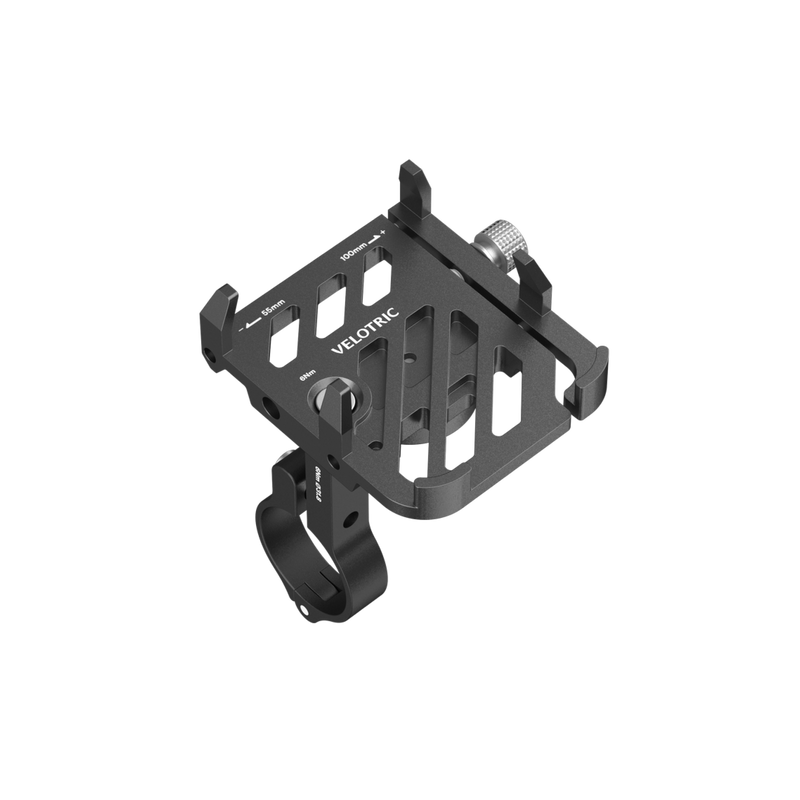Looking to take your brand new ebike out for a spin? We’ve got you covered.
Electric bikes, also known as ebikes, are a, and studies have shown that ebikes encourage people to get out and ride more. They're perfectly suited for commuting, leisurely rides, and off-road adventures. Ebikes come in many different types, including road bikes, all-terrain bikes, and fat tire bikes.
If you are a first-time ebike rider, there are a few things you need to know before hitting the road. In this article, we’ll cover the basics of how to ride an electric bike and share some important safety tips.
Getting Started on an Ebike: What To Know
It’s essential to choose the right type of ebike for your needs. There are several classifications of ebikes, including pedal-assist, throttle, combined pedal-assist and throttle, and speed pedelec.
Pedal-assist ebikes provide electric assistance only when you pedal, while throttle ebikes have a throttle that you can use to control the electric motor. Speed pedelecs are similar to pedal-assist ebikes, but they can reach higher speeds.
Once your dream ebike arrives, it's time to learn how to ride it. Before you start riding it, check that the battery is fully charged. You can charge the ebike battery using the charger that comes with it.
To start riding, mimic how you ride a traditional bike: Place one foot on the pedal and gently push off with the other foot. As you pedal, the electric motor will kick in and assist. The level of assistance can be adjusted using control buttons on the handlebars.
How To Handle Steep Hills and Drivetrains
One of the (many) awesome things about ebikes is that they can make climbing steep hills a breeze. When riding up, shift your ebike's drivetrain into a lower gear. It’s much easier to pedal when the electric motor provides extra assistance. If you're looking to ride an electric bike on steep hills, it's important to understand how to use the bike's drivetrain to your advantage.
Drivetrain Basics
First up is a basic review of a bike's drivetrain. The drivetrain is made up of the chain, cassette, and derailleur. The chain is what connects the pedals to the wheel, while the cassette is a set of gears attached to the rear wheel. The derailleur is what moves the chain between the different gears on the cassette.
How To Shift Gears
To ride up a steep hill on an electric bike, shift to a lower gear to make pedaling easier. The electric motor provides extra assistance —thanks, motor!
To shift gears, use the shifters located on the handlebars. The right shifter controls the rear derailleur, which moves the chain between the gears on the cassette.
When riding on a steep hill, shift to a lower gear by using the right shifter to move the chain to a larger gear on the cassette. Pedaling and maintaining a steady cadence has never been easier — or more of a blast!
What Is Pedal Assist?
Most electric bikes come with a pedal-assist feature, which provides extra assistance from the electric motor when you pedal. The level of assistance can be adjusted using the control buttons on the handlebars.
Increase the level of assistance to make riding up steep hills easier to pedal. You'll maintain that steady speed with no problem; climbing up a hill is made more seamless.
Maintain Momentum
Another key to riding up steep hills on an electric bike is to maintain your momentum. This means starting your climb at a steady pace and avoiding sudden stops or starts.
When approaching a hill, shift to a lower gear and pedal steadily to build up your momentum. Once you reach the hill, maintain your cadence and use the pedal-assist feature to help you climb.
Avoid stopping on the hill, as this can make it difficult to get started again. If you need to stop, try to find a flat spot or a slight downhill slope where you can regain your momentum before continuing your climb.
EMTB and Mountain Bike Trails
If you’re riding an electric mountain bike (eMTB), you can use the electric motor to tackle tough terrain and climb steep hills. Emtbs typically have fat tires and a high-quality drivetrain, making them perfect for off-road adventures.
However, if you're riding on mountain bike trails, check if ebikes are allowed. Some mountain bike trails are only open to non-electric bikes, while others may have restrictions on the type of ebike that can be used.
Safety Tips
When first learning to ride an electric bike, it's essential to prioritize safety to ensure a smooth and enjoyable experience.
Don’t forget these critical safety tips:
- Wear a helmet: Always (really — always) wear a well-fitted helmet when riding an electric bike. A helmet can protect your head in the event of a fall or collision and reduce the risk of serious injury.
- Know your ebike: Familiarize yourself with the specific features and controls of your electric bike before riding. Read the manufacturer's instructions and understand how to operate the pedal-assist system, brakes, lights, and any other components.
- Start in a safe environment: When starting out, find a safe and open area with minimal traffic or obstacles. Practice basic maneuvers such as starting, stopping, turning, and braking to get comfortable handling the bike.
- Learn to balance: Electric bikes are generally heavier than regular bicycles due to the added weight of the motor and battery. Take time to adjust to the e-bike's weight and learn how to maintain balance, especially when stopping or navigating uneven terrain.
- Be aware of traffic laws: Follow all traffic laws and regulations applicable to bicycles, particularly ebikes. Observe traffic signals, yield to pedestrians, use hand signals for turning, and ride in the designated direction of travel. Treat your electric bike like any other vehicle on the road.
- Maintain a safe speed: It's important to ride at a safe and appropriate speed for the road’s conditions. Pay attention to speed limits and adjust your speed based on traffic, pedestrians, and your own comfort level. Remember, the assistance provided by the electric motor can make it easier to ride at higher speeds, so be mindful of your surroundings.
Test Ride and FAQs
When first learning to ride an electric bike, take a test ride to get a feel for the bike's handling and features. Here are some tips for test riding an electric bike:
- Adjust the seat: Fix the seat to a height that is appropriate for leg length and how tall you are. Your feet should be able to touch the ground when you're seated, and your legs should be almost fully extended when the pedal is at the bottom of the stroke.
- Start slow: Begin your test ride at a slow speed to get used to the bike's handling and balance. Practice turning and braking before picking up speed.
- Use pedal-assist: Experiment with the bike's pedal-assist feature to see how it feels and how it affects your pedaling. Try different levels of assistance to see which one feels most comfortable for you.
FAQs for First-Time EBike Riders
Q: How fast can an electric bike go?
A: The top speed of an electric bike depends on the bike's motor and battery, as well as the level of assistance provided by the motor. Most electric bikes, like the Velotric T1ST, have a top speed of around 20 mph, but some can go faster (if they’re unlocked).
Q: How far can I ride on a single charge?
A: The range of an electric bike depends on the bike's battery capacity and the level of assistance used. Most ebikes can travel between 20-50 miles on a single charge, but this can vary depending on the terrain.
Q: How do I charge the ebike battery?
A: Ebike batteries can be charged with an accompanying charger. Simply plug the charger into an outlet and connect it to the battery.
Q: Do I need to pedal on an electric bike?
A: Yes, electric bikes require pedaling to activate the motor and provide assistance. However, the level of assistance can be adjusted to make pedaling easier or more difficult to suit your needs.
Q: Can I ride an electric bike in bike lanes and on bike trails?
A: In most places, electric bikes are allowed on bike lanes and bike trails. Check your local laws and regulations to make sure you're following the most up-to-date rules.
Conclusion
Riding an electric bike for the first time can be a fun and exhilarating experience. By taking a test ride and familiarizing yourself with the ebike's features and handling, you can get the most out of your riding experience. Remember to follow all local regulations and safety guidelines, wear a helmet, and start exploring the world on your electric bike.
Sources:
How much physical activity do adults need? | CDC
The impact of e-cycling on travel behaviour: A scoping review | NIH
The Popularity of E-Bikes Isn’t Slowing Down | New York Times






































